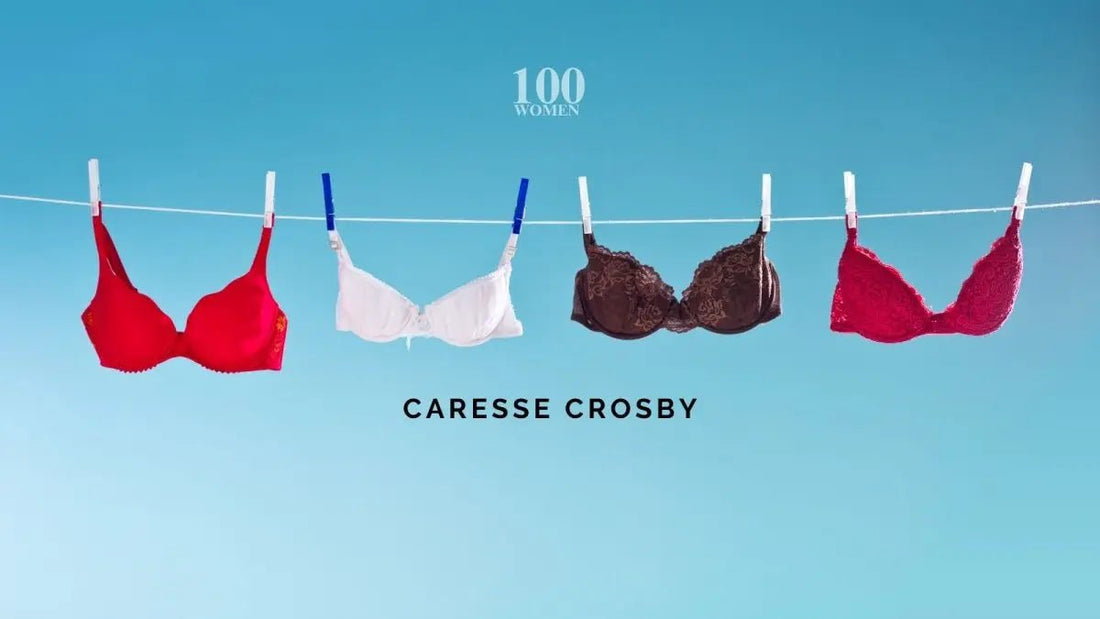
DWC 100 Women: Caresse Crosby, Bra
Share
Caresse Crosby was a trailblazer, an innovator, and a woman whose life embodied the spirit of courage and transformation. Born Mary Phelps Jacob in 1891, her journey began in a moment of frustration with the restrictive, uncomfortable corsets of the day.
She found herself at a crossroads, armed with little more than silk handkerchiefs and a desire for freedom. This small act of rebellion led to the invention of the first modern bra, a creation that not only changed women's fashion but allowed women a new sense of physical liberation.
But Caresse Crosby was much more than the recipient of a patent for this iconic garment. She became a patron of the arts, a fearless publisher, and a muse to the literary giants of the Lost Generation—writers like Ernest Hemingway and F. Scott Fitzgerald, who sought solace and inspiration in her company during the heady days of post-war Paris. Time magazine fittingly called her the "literary godmother to the Lost Generation," a title that captured the essence of her influence on a generation of expatriate writers finding their voice in a rapidly changing world.
Her activism was woven into the fabric of her life, and she fiercely advocated for creativity, individual expression, and women’s rights. At a time when societal expectations for women were narrow and confining,
Crosby refused to be bound by convention. She, along with her husband Harry, founded Black Sun Press, which published early works by some of the most celebrated writers of the 20th century. Their press became a beacon of hope for those who struggled to find a platform for their daring and unconventional ideas. She gave voice to the voiceless, providing an outlet for marginalised writers and fostering a new wave of artistic expression.
Crosby's life was not without its share of heartache. She lost her husband, Harry to a tragic suicide, an event that left an indelible mark on her spirit. Yet even in her darkest moments, she forged ahead, driven by a deep-seated passion for beauty, art, and freedom. She continued her work as a publisher, nurturing the creativity of others and building a legacy that transcended the pain she carried within.
From her early days as a debutante to her evolution as an artist and activist, Crosby constantly redefined herself and the world around her. She saw beyond the ordinary, embracing her own eccentricities and encouraging others to do the same. She fought for a world where art and ideas could flourish without constraint, where women could live and love freely, and where society’s outcasts could find sanctuary.
In her later years, Crosby became involved in various peace initiatives, focusing on creating a more just and equitable world. She believed deeply in the power of community, of bringing people together across borders and barriers. Her activism was driven by a profound belief in the interconnectedness of humanity.